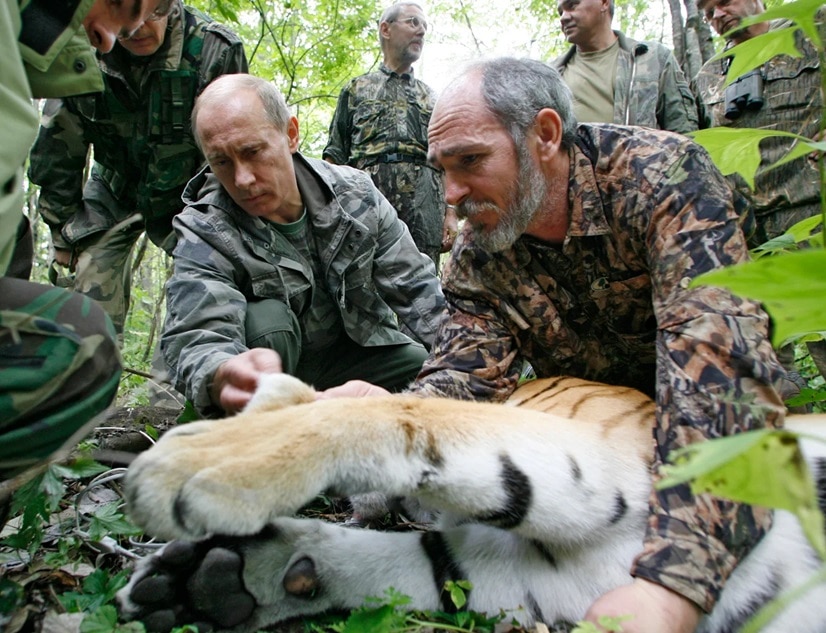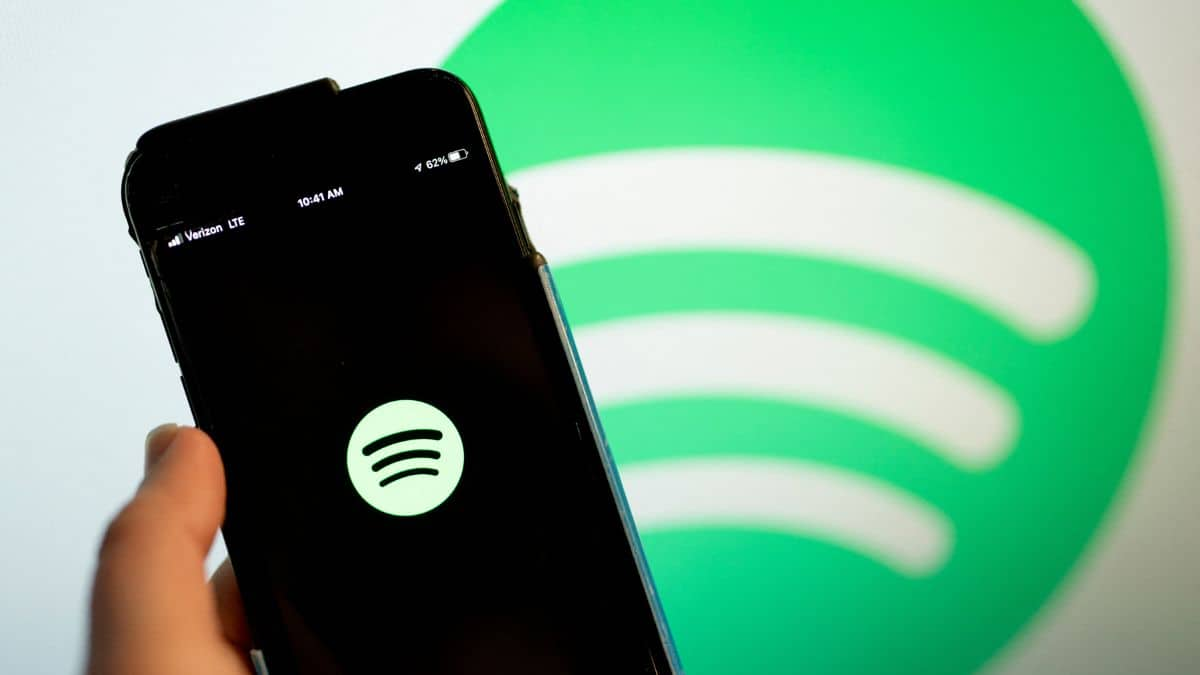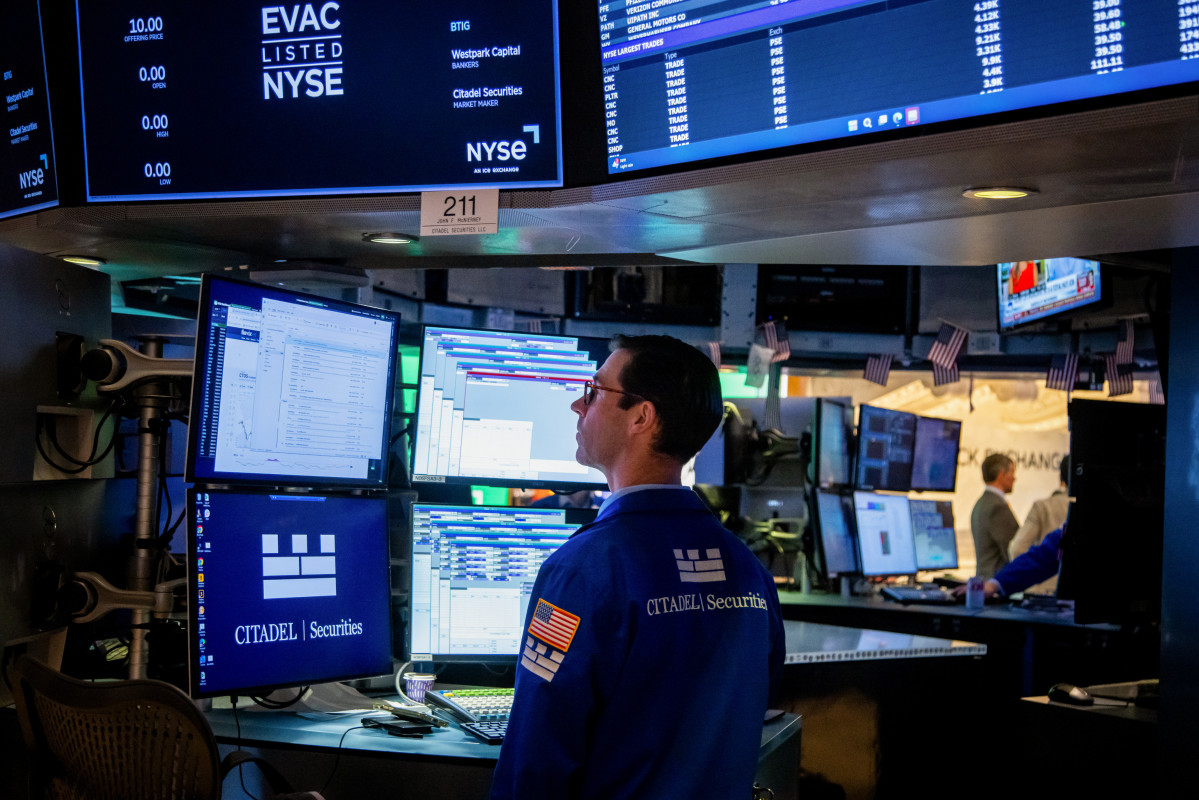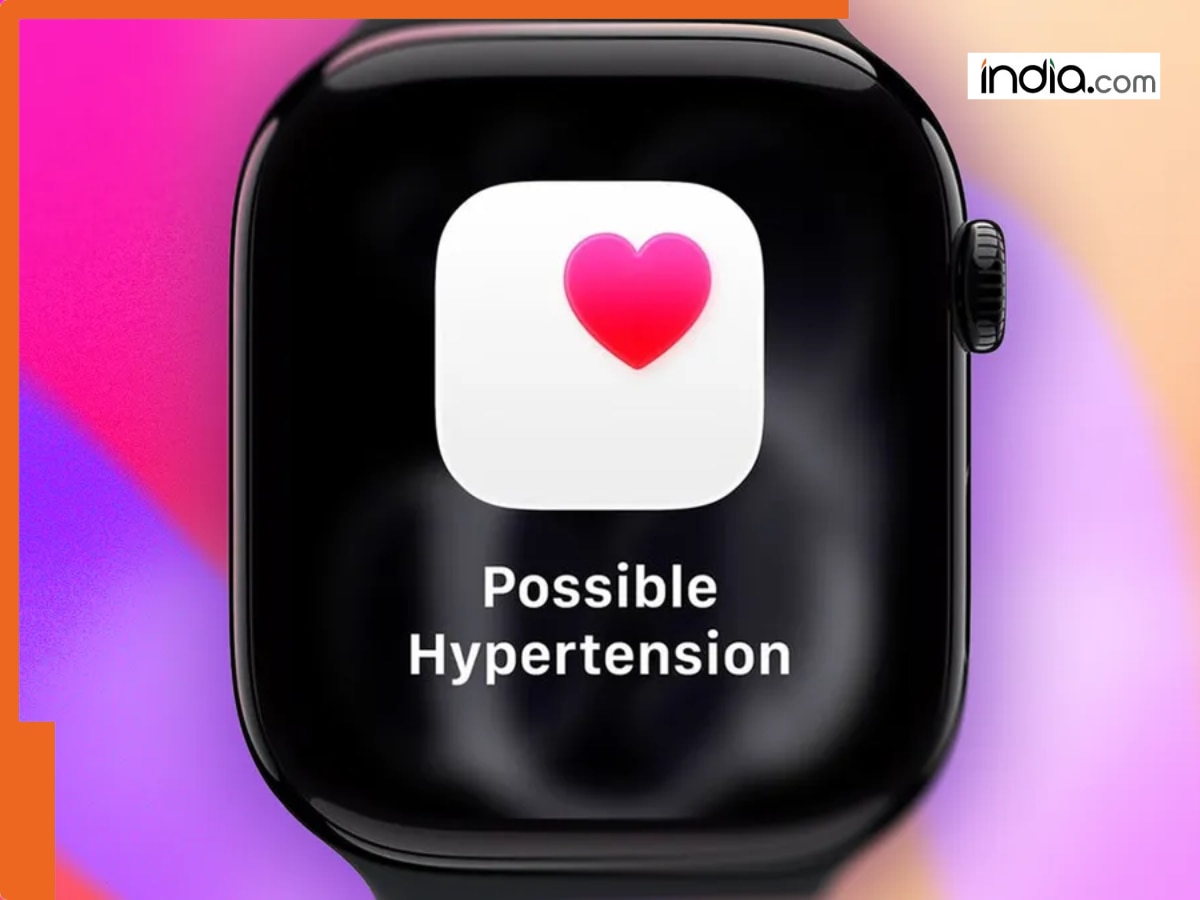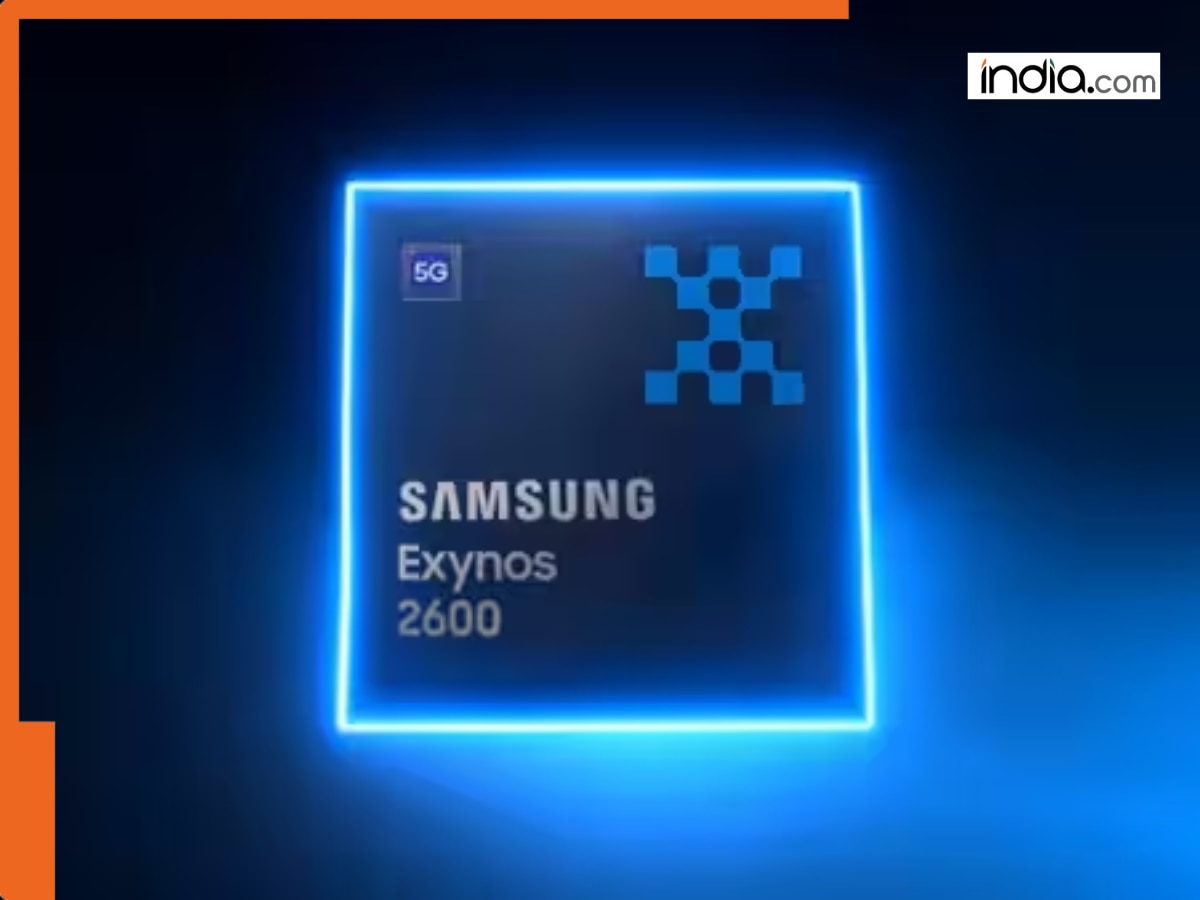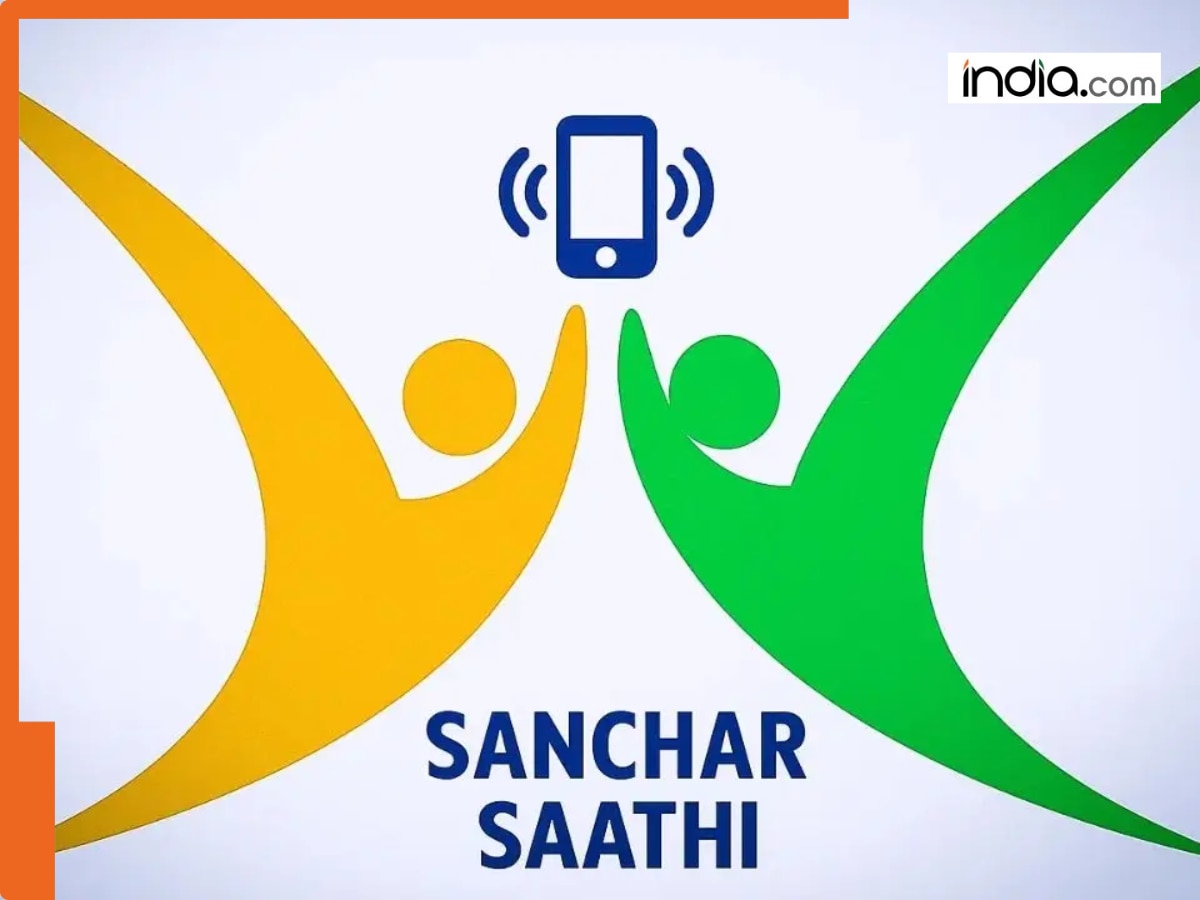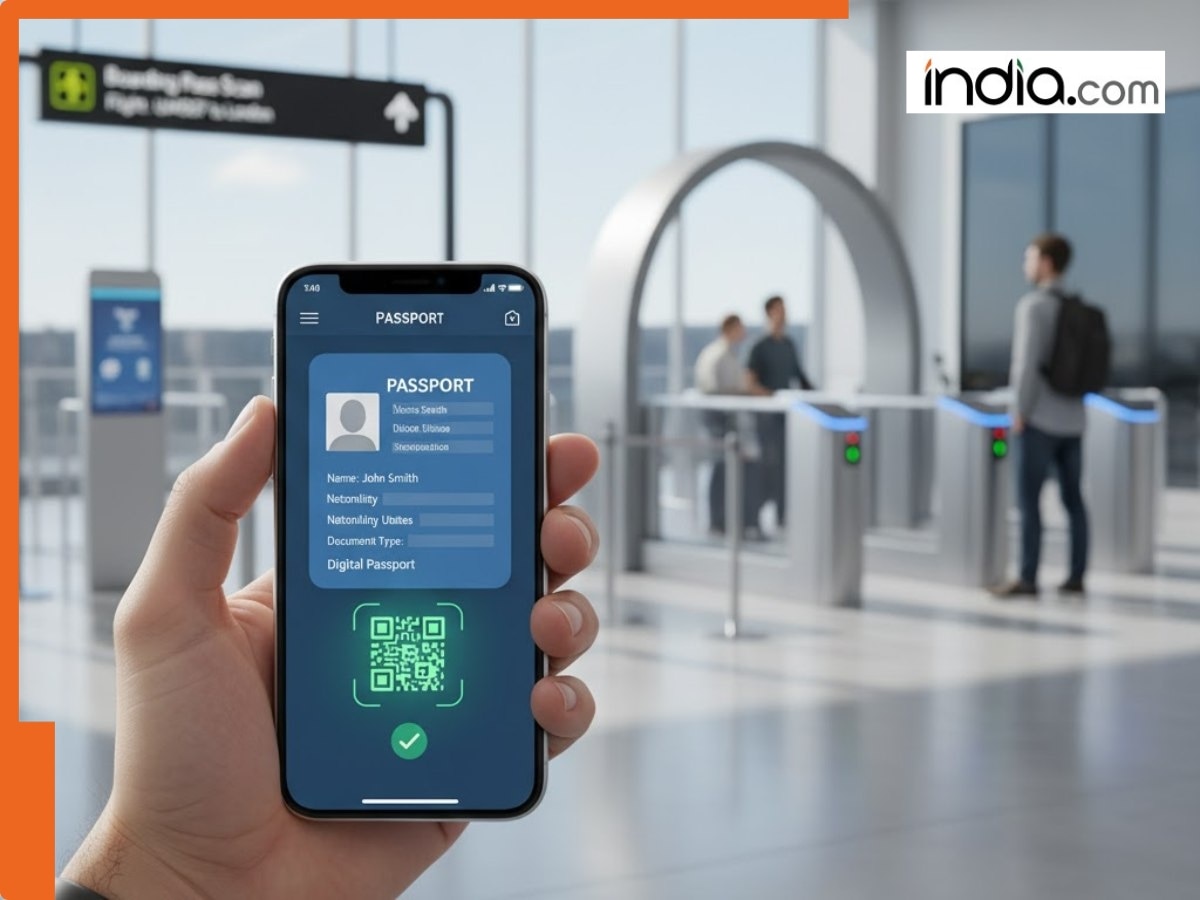A surprise upgrade in ChatGPT is leaving users shocked – The future of chats starts here
OpenAI’s latest ChatGPT upgrade introduces group chats allowing multiple users to interact with the AI together. With collaborative tools, privacy safeguards, and social-style features, the update transforms how people use ChatGPT.
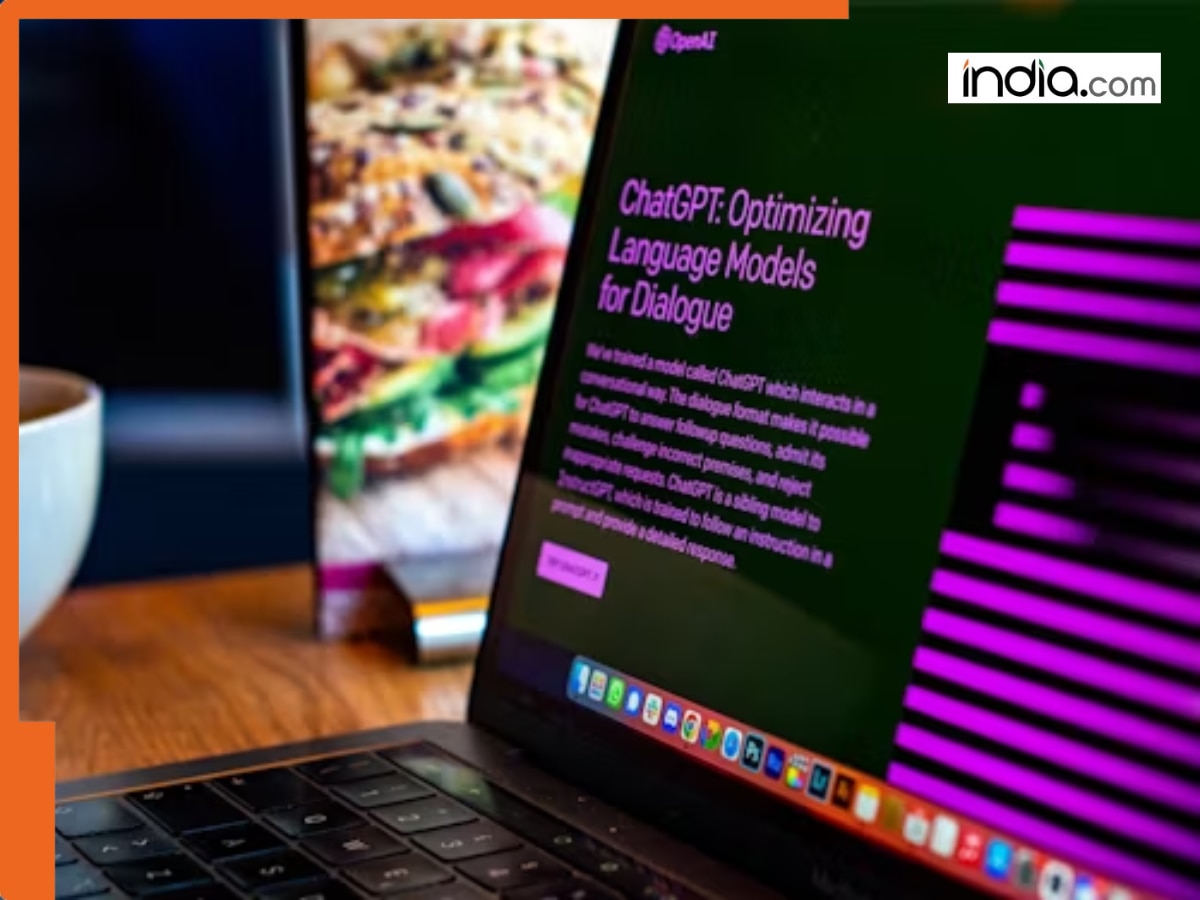
You think of ChatGPT, you think of one-on-one conversations with an AI helper. But something new is brewing in ChatGPT- and it involves group conversations. OpenAI has started testing group chat functionality in ChatGPT. Users can now have a shared space in ChatGPT for discussions, planning and brainstorming with other people, in a group chat setting. OpenAI rolled out this feature in Japan, New Zealand, South Korea and Taiwan, with plans to reach more regions in the future.
ChatGPT for teams?
In the group chats feature, users can create a group (supporting up to 20 people) and invite others to join in—even if they are on ChatGPT’s free plan. Once created, the group appears in the sidebar under a new section. If creating a group chat from an existing conversation, ChatGPT clones that thread, so the original remains intact.
Users joining the group need to configure a profile (name, username, profile picture) for others to know who they are. The group creator has admin capabilities, such as adding/removing members, while other participants can rename the group or mute notifications.
ChatGPT enters social space
The company’s blog post describes the functionality as “bringing your friends, family, or coworkers into a shared space to plan, make decisions, or work through ideas together.”
The feel of this feature is also reminiscent of social chat apps: ChatGPT in a group chat setting follows the conversation flow and determines when to jump into the conversation (or not), it can also react to the conversation with emojis, and be tagged like you would with another person in a group chat.
In addition to this social layer, the group chat functionality also unlocks capabilities like web search, image/file upload, image generation and dictation support. On the backend, group chat responses are powered by a “GPT-5.1 Auto” model that dynamically chooses which model best fits the prompt—for example, if one person in a group is on the Pro plan and one is on free, they might get different responses to their prompts.
Privacy and safety are important
OpenAI points out that ChatGPT memory from personal chats is not used in group chats, and no memory is being created from group chats. If a group chat has someone under the age of 18, content filters are automatically turned on for all members in the group. Parents or guardians can also turn off group chats altogether for children using parental controls.
Rollout, and where this could lead?
The group chat functionality is currently in pilot in Japan, New Zealand, South Korea and Taiwan, but available to all users logged in, whether free or paid. OpenAI said it will evaluate initial user feedback, then gradually roll out to more regions.
The move towards social capabilities is interesting in itself, but also plays to where the technology is already headed. Conversational AI assistants are an increasing part of users’ daily routines, with the applications branching into more use cases every month. As conversations become more collaborative and involve group exchanges, the addition of a social layer becomes important. Collaboration is key these days, be that working on a presentation, planning a vacation, or simply brainstorming ideas. ChatGPT’s group chats could potentially become a natural digital space to come together. For users, it also marks a shift from viewing ChatGPT as “my assistant” to a potential “our assistant.”
What's Your Reaction?







